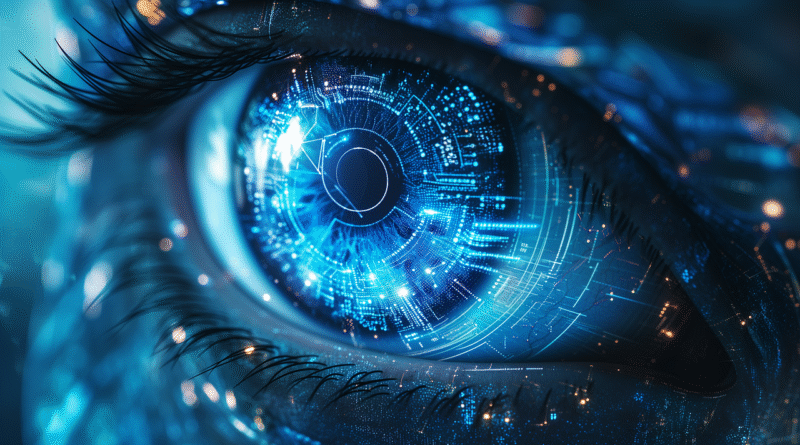AI-Driven Augmented Reality: Shaping the Future of Immersive Experiences in 2025
Introduction
Augmented Reality (AR) has been steadily evolving from a niche technology into a mainstream platform for entertainment, education, healthcare, and enterprise solutions. In 2025, the convergence of AI and AR is accelerating this transformation, creating smarter, more responsive, and context-aware immersive experiences.
This article explores how AI-driven augmented reality is redefining interaction paradigms, the latest technological advancements, and what the future holds for developers and users alike.
How AI Enhances Augmented Reality
AI plays a pivotal role in overcoming traditional AR challenges such as object recognition, spatial mapping, and real-time interaction. Key AI capabilities powering AR include:
- Computer Vision: Enables AR devices to accurately recognize and track real-world objects and environments.
- Natural Language Processing (NLP): Facilitates voice commands and conversational interfaces within AR applications.
- Machine Learning: Personalizes AR content based on user behavior and context.
- Gesture Recognition: Interprets hand and body movements for intuitive controls.
Recent Innovations in AI-Powered AR
- Real-Time Scene Understanding: Advanced AI models now provide near-instantaneous 3D scene reconstruction, allowing AR devices to seamlessly blend virtual objects with complex real-world environments.
- Contextual AR Assistants: AI assistants embedded in AR glasses can understand user intent and provide proactive suggestions, such as translating signage or highlighting points of interest during tours.
- Adaptive Learning: AR platforms use continuous AI-driven learning to tailor training simulations for healthcare, manufacturing, and education, improving skill acquisition rates.
- Enhanced Accessibility: AI-powered AR tools enable visually or hearing-impaired users to interact with digital content through multimodal feedback systems.
Industry Impact and Use Cases
- Healthcare: Surgeons use AI-enhanced AR to visualize anatomy and guide procedures with unprecedented precision. Physical therapy benefits from personalized AR exercise programs adapting in real time.
- Retail: Virtual try-ons and personalized shopping experiences driven by AI help customers make informed decisions remotely.
- Manufacturing: AI-powered AR supports technicians with on-the-spot diagnostics, overlaying instructions and detecting errors before they occur.
- Education: Immersive learning environments adapt dynamically to students’ progress and preferences, improving engagement and retention.
Challenges and Considerations
- Hardware Limitations: Despite improvements, battery life and lightweight design remain critical hurdles for AR wearables.
- Data Privacy: AI’s reliance on user data for personalization necessitates robust privacy safeguards.
- Content Creation: Developing rich, high-quality AR content requires specialized skills and tools that are still maturing.
- User Experience: Balancing immersion with ease of use is vital to prevent fatigue and disorientation.
Future Outlook
The fusion of AI and AR is expected to drive the next wave of innovation, with trends such as:
- 5G and Edge Computing: Reducing latency to enable seamless, cloud-powered AR experiences anywhere.
- Multimodal Interfaces: Combining voice, gesture, and eye-tracking for natural, intuitive control.
- Collaborative AR: Shared AR spaces powered by AI allowing remote teams to interact and co-create in real time.
- AI-Generated AR Content: Automating the creation of AR assets and environments to scale applications quickly.
Conclusion
AI-driven augmented reality is unlocking new dimensions of immersive interaction in 2025. By blending intelligent computation with rich digital overlays, this future tech is transforming how we learn, work, and play.
For developers and businesses, investing in AI-AR technologies today will position them at the forefront of the next major computing revolution.

